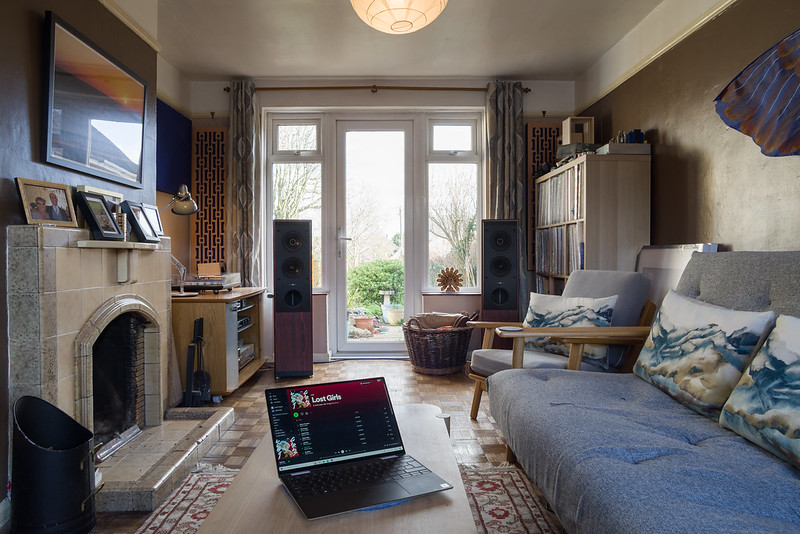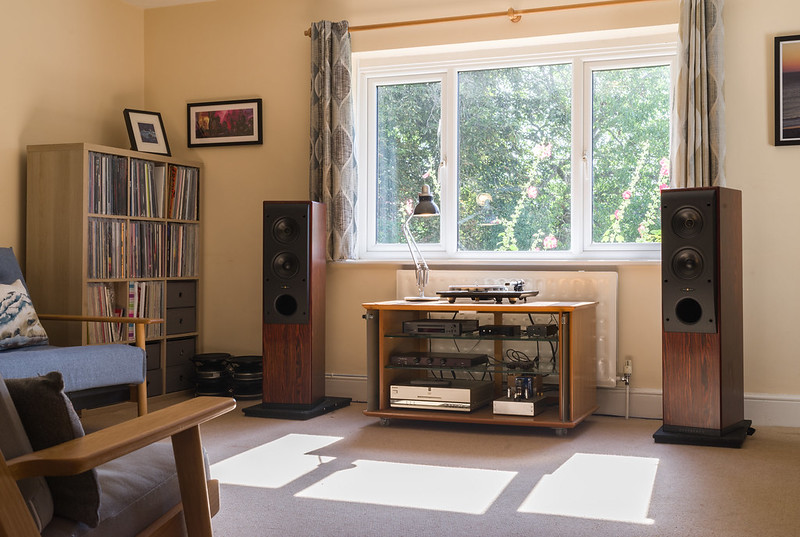I have Isobariks in a room about 14 x 14 with a 10 ceiling. Suspended wooden floor with a crawl space underneath. Carpeted, in fact I have a big throw on the wall behind where I sit to cut reflections. I have a friend who works for the BBC and is a total hifi buff, goes to all the shows. Builds his own speakers, amps etc. He said to me a few times and said again today that he's never heard another system with the bass impact and punch mine has, including all the hi-end stuff he's heard at Munich etc.I demoed a pair of Glastonbury 2s and the bass was unbelievable ' felt it in my stomach' so purchased them. I borrowed the amp that I demoed them with a Audio Research valve amp, can't remember the model but I do remember it having quiet a lot of valves! They were totally bass light in my room, sited them in different positions all to no avail.
I don't see any reason why you shouldn't be able to achieve good bass in your room. It's big enough. It can only be a question of equipment and set up choices. I've had rooms with concrete and wooden floors, they are different and need different treatment but both can work.
You say MVV's room has a lot more space in it? Is it so packed with furniture that the speakers can't go where they need to and nothing has any hope of working?




